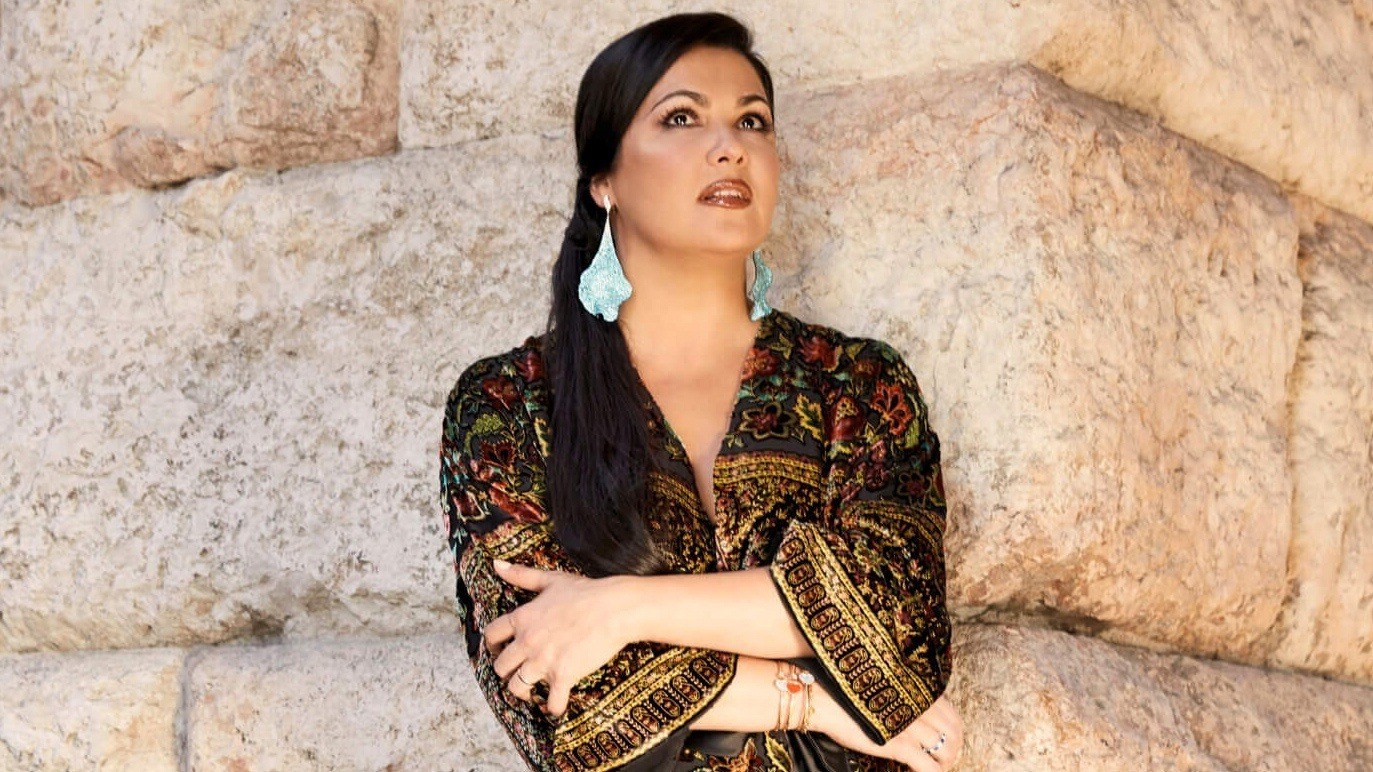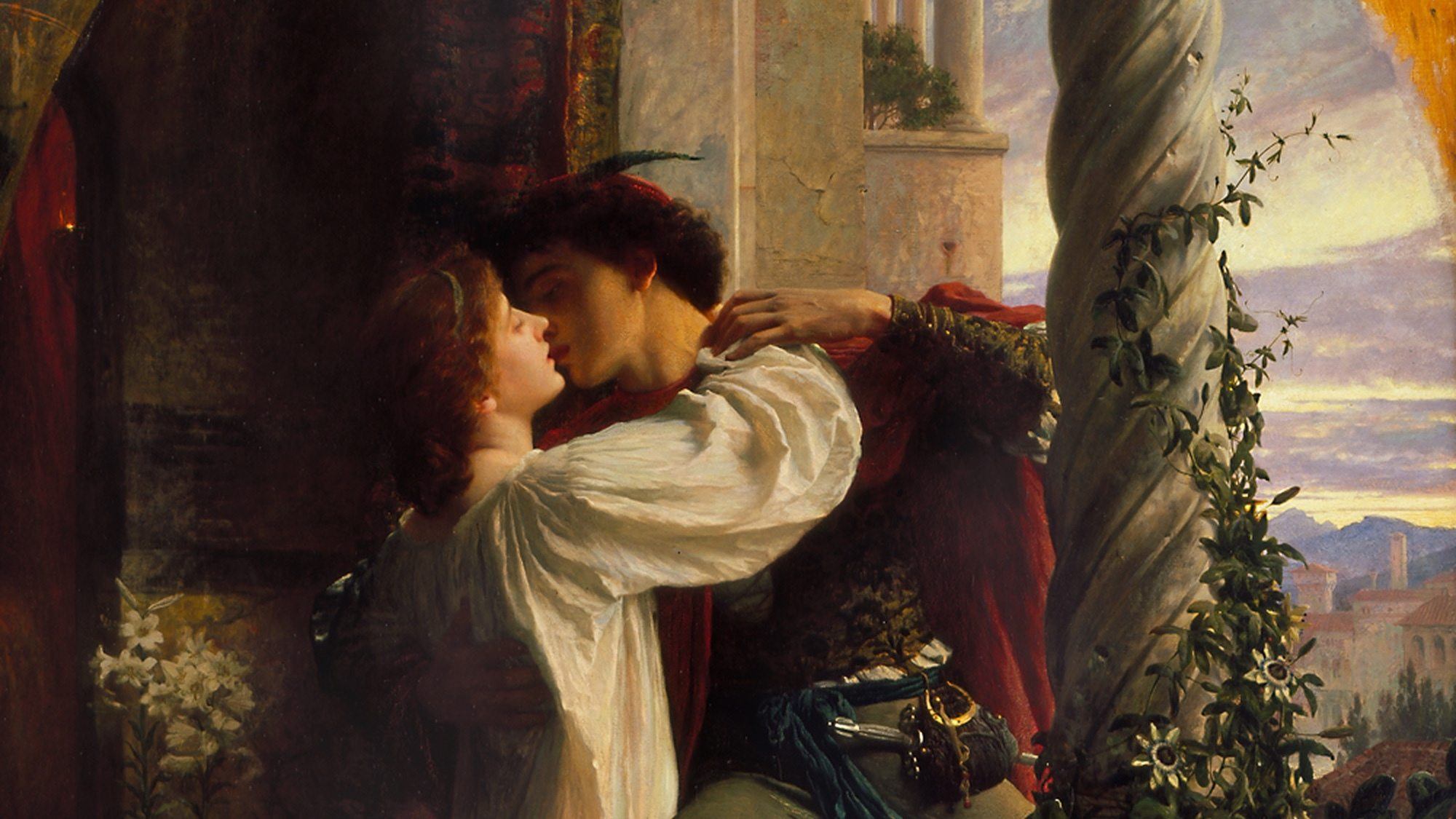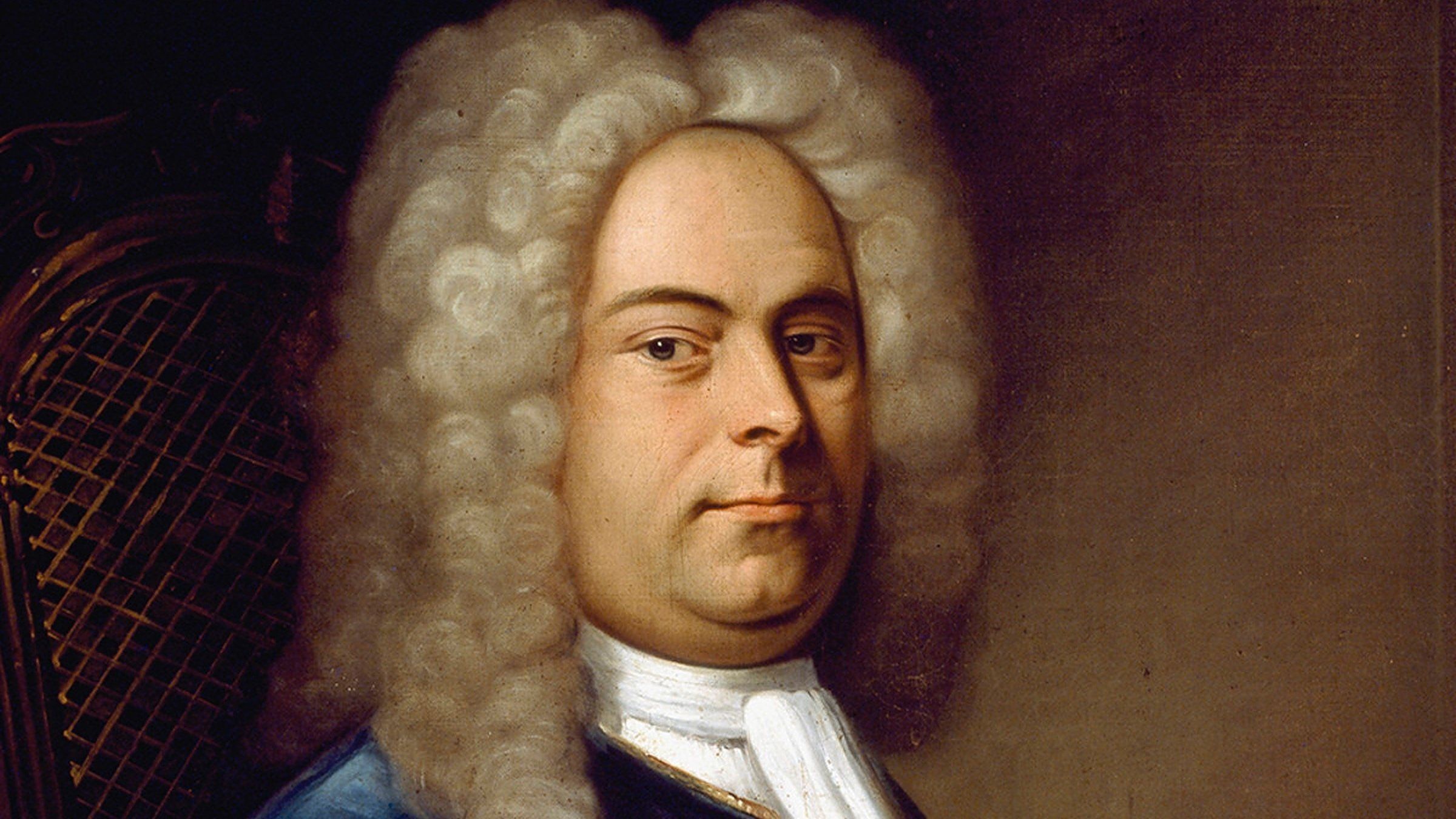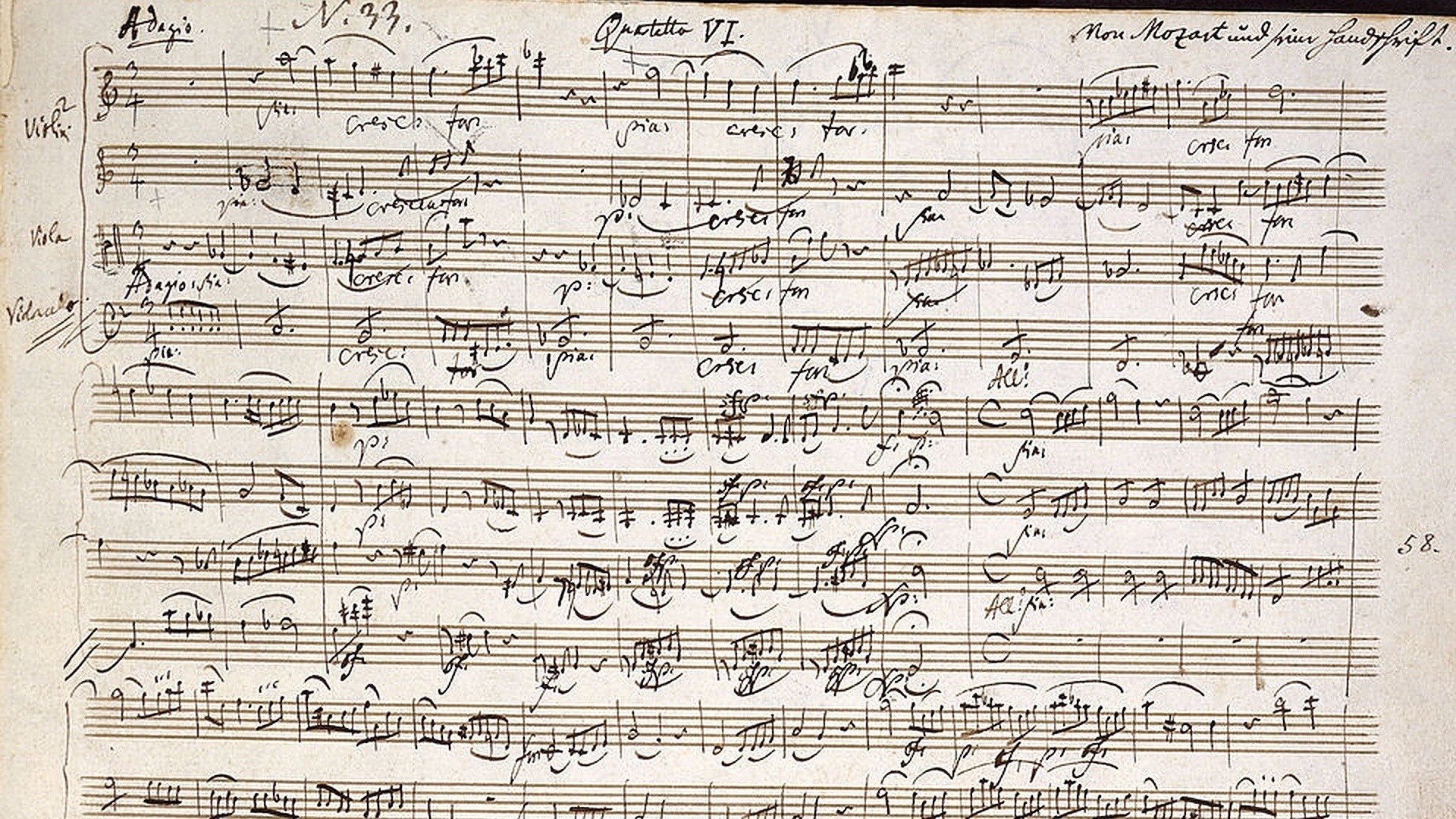Saint-Saëns’ Second Symphony: Adventures in Form
Camille Saint-Saëns was 24 years old when, during the summer of 1859, he composed Symphony No. 2 in A minor. It is a work which is both youthful and convention-defying. Intimate and compact, this music is far removed from the monumental grandeur of the “Organ Symphony,” which Saint-Saëns wrote some thirty years later. It bends symphonic form in surprising and adventurous ways. The first movement (Allegro marcato – Allegro appassionato) begins with …






